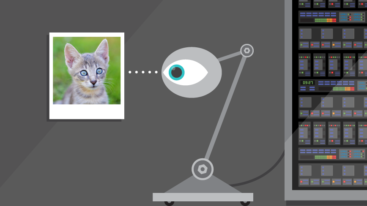7 Ways Computer Vision Helps Marketers See Better Performance
Explore seven marketing use cases of computer vision to see why the technology holds promise and unlocks new capabilities. Computer vision has grown by leaps and bounds, enabling exciting capabilities in the marketing field. The technology uses AI and machine learning to scan images and accurately identify objects and components…
Six Ways Digital Has Changed Holiday Retail and E-Commerce Sales
Explore six holiday retail trends changing the consumer journey, including AI-driven product recommendations and conversion optimization at every touch. This year was another banner year for Black Friday and Cyber Monday sales, and the efforts put behind complex digital marketing journeys deserve much of the credit. Estimated Cyber Monday sales…
Six Ways Gen Z Will Reshape Marketing in a Post-Millennial World
Diversity, connectivity, and brand-agnosticism are key factors redefining marketing as Generation Z grows up. Marketers have been so focused on millennials, but a new generation is coming of age and will soon comprise 40% of all consumers. The growing ranks of Gen Z, people born in the mid to late 90s, should…






